LIFE EVER AFTER
Notes for a nature ethic to guide our daily lives
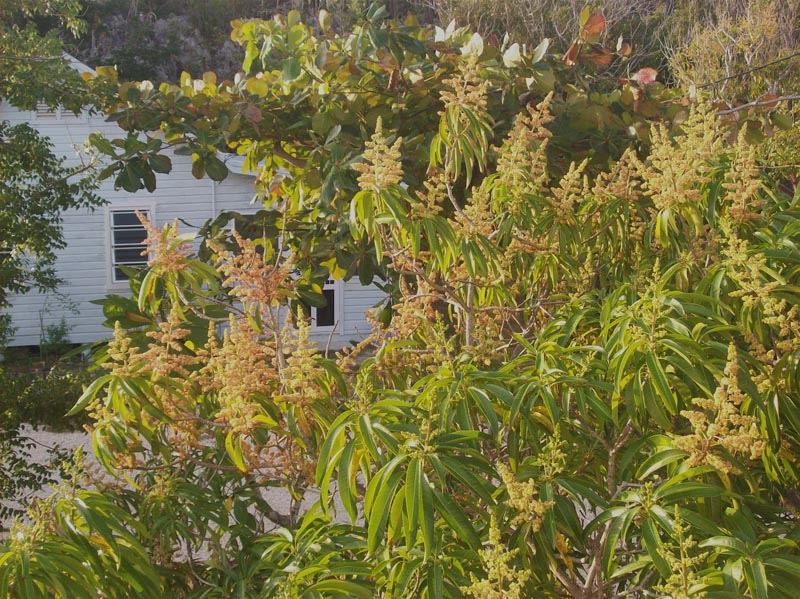
All of us are turning golden-orange. Our complexions were black, brown, white and yellow to start with, but sunset over the water is claiming us for its own. The fish fry is winding down. People came on foot from their various dwellings on higher land. I served my ginger beer for Pradeep. His lovely house is visible on the hill, its shutters extended and a curtain billowing out prettily. Village children are still running and splashing on the beach as we gather our picnic things. He and I are on tidy-up duty to make sure we leave the picnic area as we found it. Mitzu is singing a quiet song to her baby, in the five-tone scale of her childhood. It is so peaceful here. Past the reef we can see a small sailboat tacking back and forth. Further out a black coast guard cutter is on patrol, its small “bow chaser” just visible, protecting our prosperous, hard-working island from the criminal element of neighboring countries that are not so well run.
I hope Pradeep will invite me to his cottage now. Perhaps the ginger beer will give him courage!
Back to the present. I do indeed live on an island. It could be heaven on earth. We have a nature/history club with the stated role “To Preserve Natural Environments and Places of Historic Significance for Present and Future Generations of the Cayman Islands.”
The nature club is pretty quiet. Perhaps it did not object to “dolphinarium” projects and other excesses of mankind over the “lesser” beasts. But individual members will protest them.
Members of this society bring different perspectives and values. That is to be expected. For some it is a social club, for others a toe in a fashionable dam against global warming or some abstract cause. For yet others it offers a chance to learn something of nature.
To choose a simple life?
Some truly seek a simple life. They don’t use a water heater in their home, and they drink warm water, not ice water. We can learn from these examples! A few are tree huggers – that’s me.
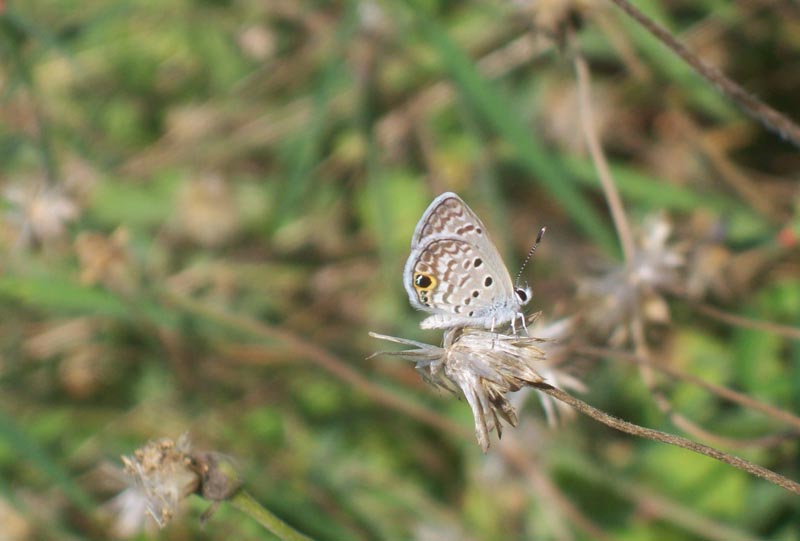
Some members unwittingly commit environmental murder in their own lives! The ways to do it are advertised on TV every day. Can we count the ways? Or is it better (and more positive) to work towards a “nature ethic” against which to measure our many daily actions. It might help us, for example, to assess the damage we do when we own a household pet and raise it thoughtlessly. It may be fed, given vitamins, exercised, and then allowed out at night to follow its wild instinct, killing and maiming. And procreating. Well, our local fauna never had to contend with such predators– bats are our only native mammals! But in this climate, litters grow up and proliferate further. Some people actually think chickens and roosters are our “wildlife”! We can laugh, but it’s almost the case. Thus biodiversity is lost. One never hears the Ovenbird now, for example, which I used to hear a couple of decades ago.
There’s a shocking parallel I’d like to draw here, to counter the images on TV (talking pussycats etc.) Indulge me please. Imagine a “petting zoo” for children, stocked with rabbits, ducks and guinea pigs. If a prankster threw a cougar into the enclosure one night, we would scream ANIMAL CRUELTY!
But we don’t seem to have a conscience about putting Tom out at night while lizards, birds and insects are pursuing their own rounds, or trying to sleep. And our 11 mile island IS an enclosure.
Who builds mansions on clear-cut lots, as if they wish to transform our forested island home into a south Florida suburb? Some are nature club members, to whom we have never given a Nature Ethic. Some club members travel by air too often and too far. (Ah, I see one in the mirror.) Some pay to eat strawberries all year long, even if they taste like cardboard. All of them (all of us!) like money, and lots of it. Most have followed our “mass society” in learning how to spend it so there’s never quite enough.
Let it be
How very few are the people who defend the trees from which we descended! We raze the forests to plant sunflower seeds to feed wild birds, which are perfectly able to feed themselves. “Don’t feed the wildlife” is everywhere ignored, yet it’s too obvious: IT WON’T BE WILD, WILL IT? We strip the sea of wild fish to make pet food, “100% fish!” for our animal slaves (willing slaves, albeit). How insensitive we are to the rules of “tough love” taught by evolution! We ourselves had to grow a larger brain to save our naked bodies from predators, and we did so. These brains seem limited: facts we can master but interconnections seem beyond us. Had elephants wished to dominate the world they could have caged us and fed us tasty treats. Our brains would have stayed tiny, our bodies flabby. (Some governments now play the role of these fictional elephants.)
Someone says “Why are you defending nature? Nature will have the last word anyway.” That is correct. But if you wish to replace a whole book of wonderful birds and butterflies, hundreds, with chickens, rats, cats, dogs and cockroaches, then all you need to do is stand back and do nothing, friend. Not an attractive prospect. These roadside wanderers will TRULY become the local wildlife. As a Toronto colleague once asked, “Birds we will have, but will most of them be European starlings and Rock doves?”
In the 1960s my professors described the Mass Society and noted its incredible consumption of the earth’s resources. “The earth can stand this load for the few, but not consumption on this scale for the one billion people in China!” But China copied us, detail for detail, and is adding its own touches, contracting farmland in Africa to replace its own. At the same time, the human population has exploded on schedule, more than doubling from the figure I learned in grade school. Wild, natural land shrank from more than half the earth to much less than half and is now receding faster than the Sahara is growing, all as a result of that one creature that knows no bounds.
Choices
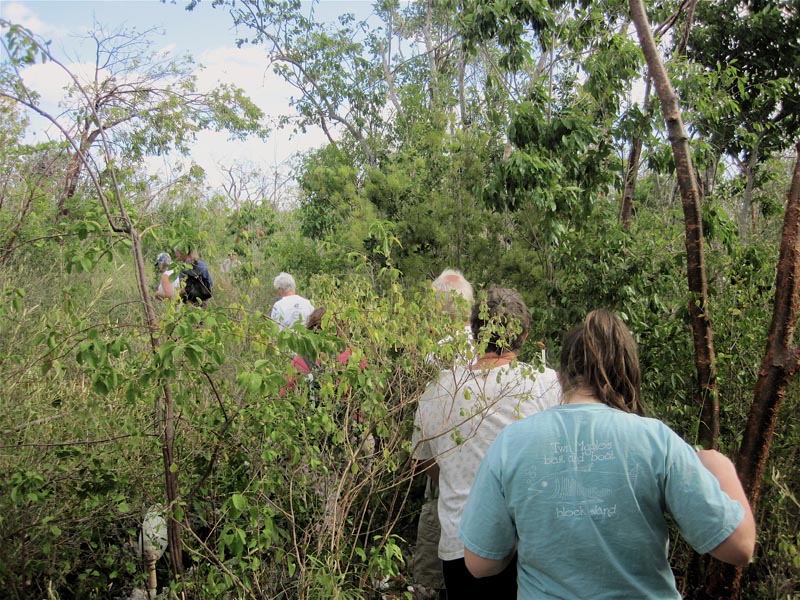
Back to the introduction, that idyllic picnic on the beach. Is there another ethic we could follow? Is there a “Nature Ethic”? A SIMPLE LIFE can be at least as rewarding as a technologically advanced, high-consumption, hyperactive life, and it will certainly leave the earth a cooler, greener and more natural place. And leave us healthier to boot. That greener earth in turn produces much of the reward of a simpler way of living. Thus we may prefer walking forest paths or resting under a sea grape tree to “driving for pleasure” in a gas-guzzling vehicle, or zooming over the waves or through the air in a high-powered craft. Speed? Do you want speed? The author of these notes has seen all kinds, believe me … and the “fastest” was riding bicycle paths to work every morning, in a hilly city, my office clothes awaiting me behind the office door. I nailed that one every day.
We consider the right to peace and quiet ranks higher than any right to make noise gratuitously; and the right to rest, work, breathe and walk the by-ways in safety higher than any right to disturb or endanger these pedestrian rights. (As I write the stench of unrestricted bush burning spoils my right to breathe clean air. Illegal burning on one island, normal practice on this one. A bifurcated nation.)
There are other problems.
Here’s a dream
“When I was awakened by noise, and opened my eyes to streetlights lighting all the corners of my room, I realized I had been dreaming about quiet nights of star-gazing a couple of decades ago. I would be very glad to get this time again and I wish people nowadays could enjoy a very quiet, peaceful night.”
Exactly. But noise and light pollution by-laws are required. Dreaming and wishing is not enough. (NB: the government pays for streetlights, half of which could be turned off. The government is broke.)
Hence these notes towards a nature ethic. A few will share these thoughts; many will abhor them. But read on and ponder.
Some Subjects for Public Discussion
- Ethics Pet ownership and regulations Habitat protection
- Light pollution Noise pollution Slash-and-burn farming
- Subsistence agriculture Air pollution Burning bush and garbage
- Feral cats, dogs, chickens and rats Clear-cutting lots
- Open fires Strip mining for aggregate
- Government roads for private profit Unwitting corruption
- Destroying trees for “beautification” Cliff-edge development
The level of public discussion of issues is very low. Often, one loud dissenter causes everyone to back off, particularly if it’s a voter dissenting. (Many non-voters live here.)
One man calls us conservationists “radicals”. Who is radical — those who try to keep some of our god-given wilderness, or those who strip and denude our precious “verdant isle”?
A secret indulgence, better than chocolate
Hey, do not give up. Keep reading. Soon I will reveal the secret pleasure that you too can share.
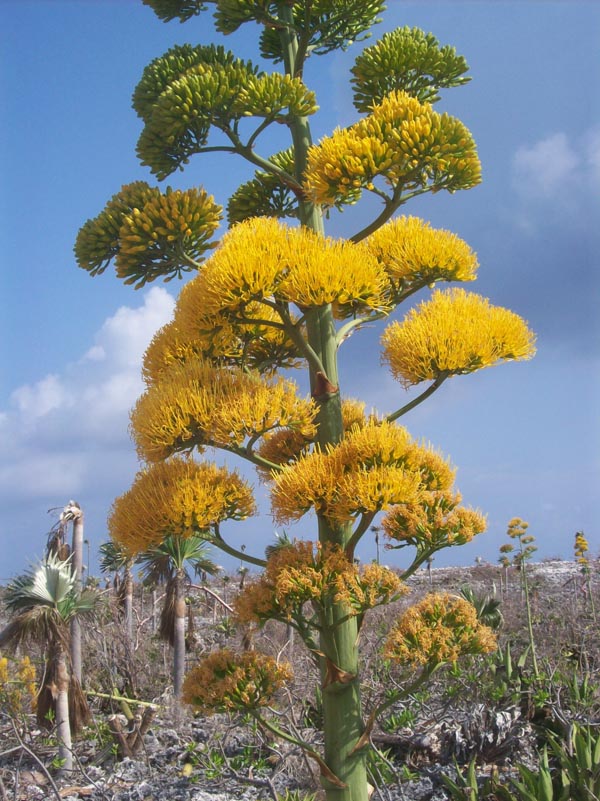
I know someone who lives on eight thousand dollars a year, all in. THIS IS CONSERVATION! (Pricing mechanisms and the normal laws of economics tend to assist conservation, unless we ignore them.) This is NOT a poverty case — the person would be highly offended to be so described.
How can anyone live on this income? One reason is that we live on an island with a benign climate. There is no need for either heating or air conditioning. Most people spend hugely on A/C; it’s the fashion. The utility says air conditioning represents 70% of your electricity cost. Hey, we could shut down every third Diesel engine producing it! Send only one-third as much money to the Middle East!
Almost equally important is the lack of taxes here. The government does not strip money from people, though it has starting poking into new places, spending first, borrowing second and finally looking for revenue. Sure, food costs a little more here (duty is levied on most goods) but that’s another incentive for the little garden, which keeps a person fit and healthy. Another reason is a house that was paid for back in working days, without a mortgage.
Technology and Innovation
We reserve the right to judge them — cherishing the ones that do not disturb the natural order, challenging the ones that do. Whether it’s innovation in medicine, sports, defense, safety, commerce, food, production, leisure, governance, philosophy, population or any other aspect of life, we will apply this test: Does it help or hinder the preservation of the natural order.
Unmodified
Because this is the order from which we have come, and we know no safe way to replace it. The only system we know that has endured for millennia is the system of “biodiversity” including humans, small numbers of people in a world mostly wild and untamed. It is or was a self-correcting system lived by our aboriginal ancestors, in a world that was mostly natural. (Let me use the word “unmodified” instead of natural. Man’s depredations are also natural in a way, even space ships. Incidentally the world switched to “mostly modified” only in my lifetime.) Under the old system, an empty ecological niche was soon filled. An over-achieving species became a target for others — abundant food! The detritus of the forest floor became renewed and brought forth life. Hey, let’s update this thing – forest detritus IS renewed and BRINGS FORTH LIFE. The only destruction is fire.
This system persevered for the almost all of the span of man, a million or three in length, and for eons before our predecessors came along.
This was life ever after
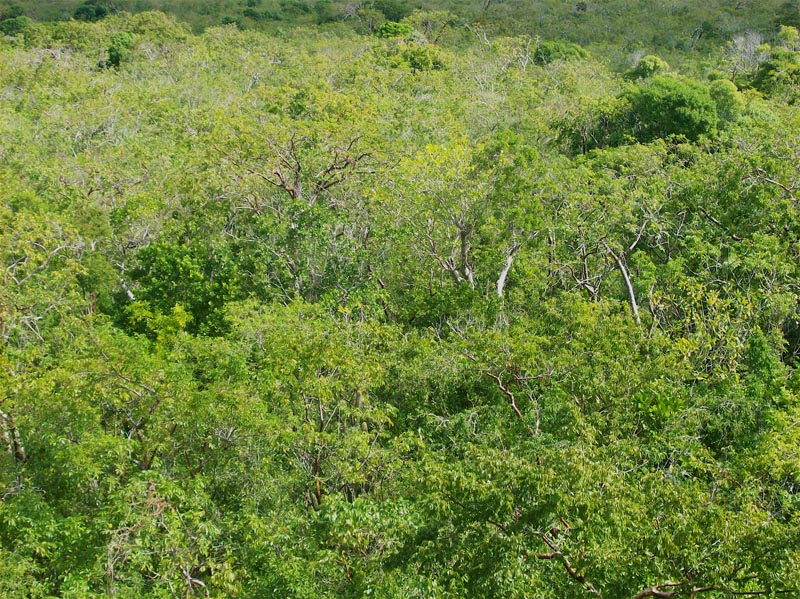
This was the system of unmanaged forests. Does anyone have faith that “managed forests” and modified environments, farms the size of countries, other countries with no farms, megalopolis developments of concrete, glass and steel, will last so long? Yes, we embrace many things that make our lives more civilized: democracy, a cure for TB, text messaging (it can save us driving around like mad ants). But equally, we applaud the natural state of that aboriginal time, the time which might have sustained itself indefinitely. We remain enthralled with the web of nature that brought the world to that apogee of natural diversity, and which we believe will prove superior to all forms of intervention in our surroundings — our land, beneath our land, the littoral areas, the sea and the air.
The conservation ethic
We wish to secure one-quarter of these habitats SAFE FROM the realm of human interference; and for the remainder, which in our arrogance we claim for human domination, we wish to share as much as possible with the original plants and creatures, from the microscopic to the larger forms of animal and vegetative life — not only the pretty things but the humble. The slime molds for example — how honored I felt when they were first revealed to me in Algonquin!
Here in the Cayman Islands it’s not so long ago that the forest was treasured. People still alive (but getting older!) know the names of hundreds of trees and plants, and they cherished many of them for their unique qualities — medicinal, structural, consumable in some cases, even aphrodisiacal. Not just dozens, they knew hundreds! Can you name 100 of our native trees, shrubs and smaller plants? There are 500 common names indexed in Dr. Proctor’s magisterial work, his Flora of the Cayman Islands. Many are synonyms but F J Burton’s “Red Book” tables pare them down to about 150, while listing the same flora. Much of our work today is learning what our old-timers knew.
New mottos to think about
1. For our Caymanian history we should “Honour our past”. It includes our natural and our social history because the two were very closely linked. But that was before Honda Civics, Chicken tenders, Television, Glocks, Pacman and Facebook or whatever these things are called. Those were good days, though they bore the seeds of today’s excesses.
2. Regarding the Earth, and living lightly upon it, we should “Live simply. Protect nature. Keep wilderness wild.”
My secret indulgence
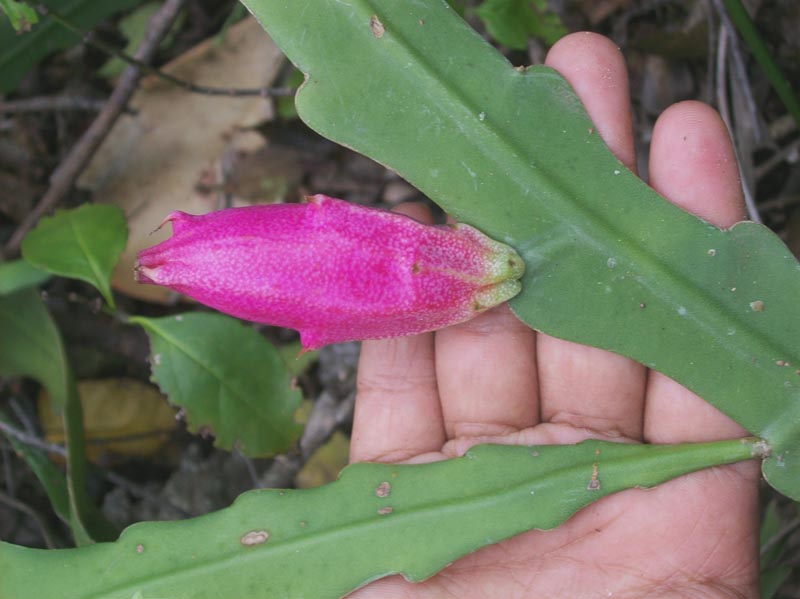
Here’s what I love to do. I’ll be able to do it for the rest of my life, but the next generation won’t because the forests will be gone. The wild, childlike glee is mine, though I’d love to pass it on. I sneak off and do it on my birthdays, and lots of other days. Alone. Here, on this crowded and beleaguered isle I can still do it, and so can you.
First I hop on my bike. I’m wearing long pants, a long-sleeved shirt, a hat and sturdy boots, and carrying a little water. I carry two small tools — hand nippers for vines that may ensnare me, and a hand compass. I find a piece of bush I don’t know — deep bush preferably, or secondary or even third-growth bush. I hide my bike and set a compass course. I follow a straight-line course rigorously, regardless of rocks and the ups and downs they hand me, selecting a tree on my bearing and selecting another on the same line when I reach the first. I trim nothing at all if I can help it, and at half time I reverse my course and follow the same route out.
What do I find? Well, I must RETURN to the last one I walked because I found two things that fascinate me no end, and which I could not identify! (OK, so I’m not a very skilled botanist.) One may be a patch of Peperomia, of which there are several species here. The other is described in my field notes as “Large, Mastic-looking tree but with big, saw-toothed leaves”. Well I’m sorry but there’s no such tree! Yet I checked those high leaves with my binoculars, so I know I wasn’t dreaming.
Gotta go back.
jwp
20100311
